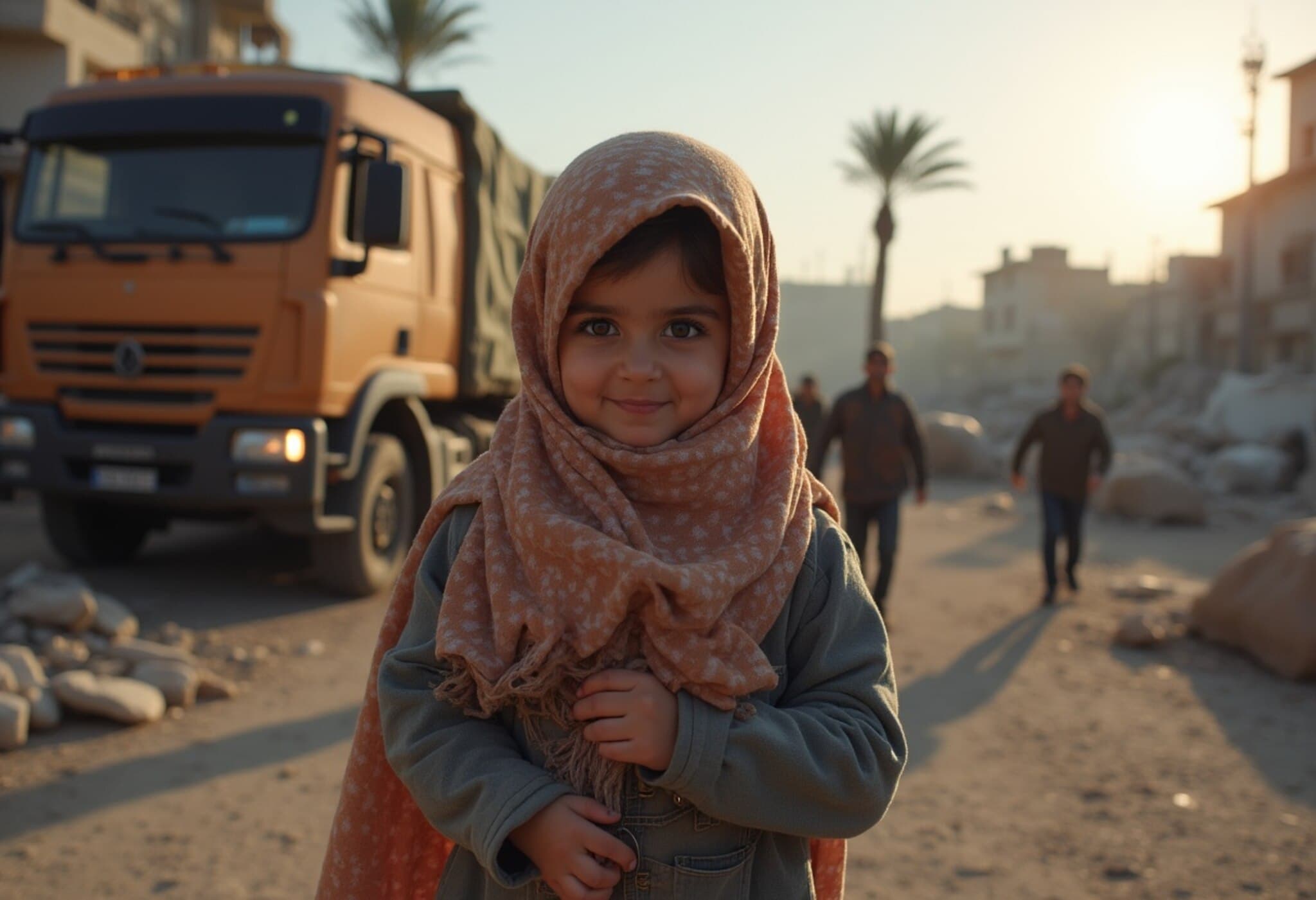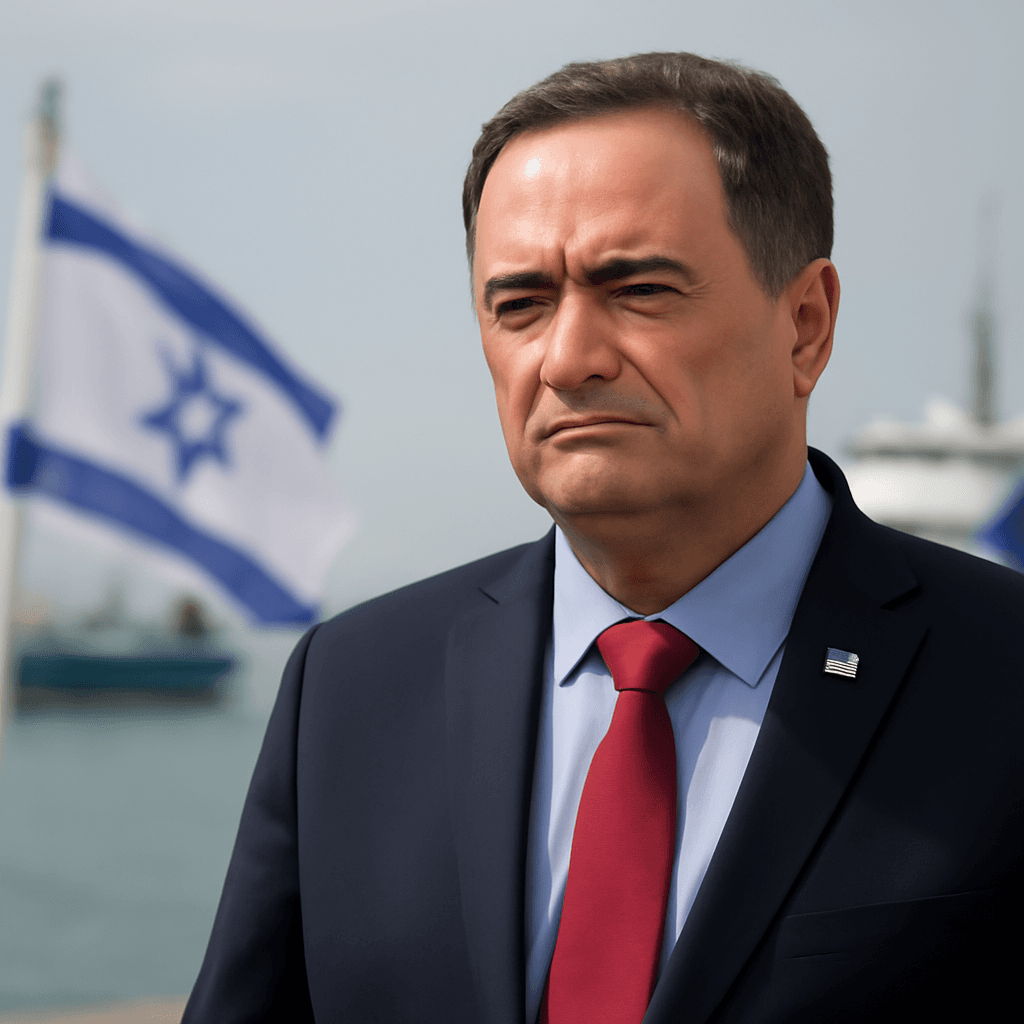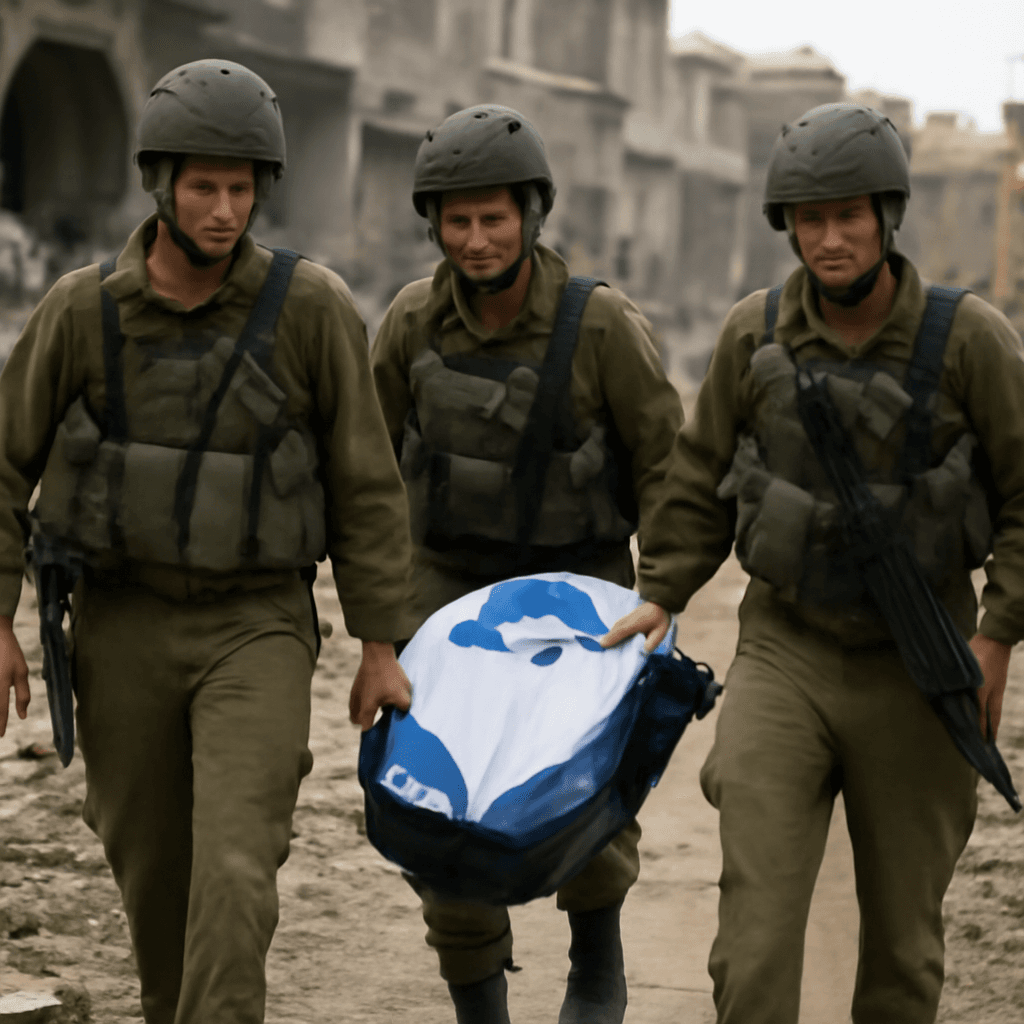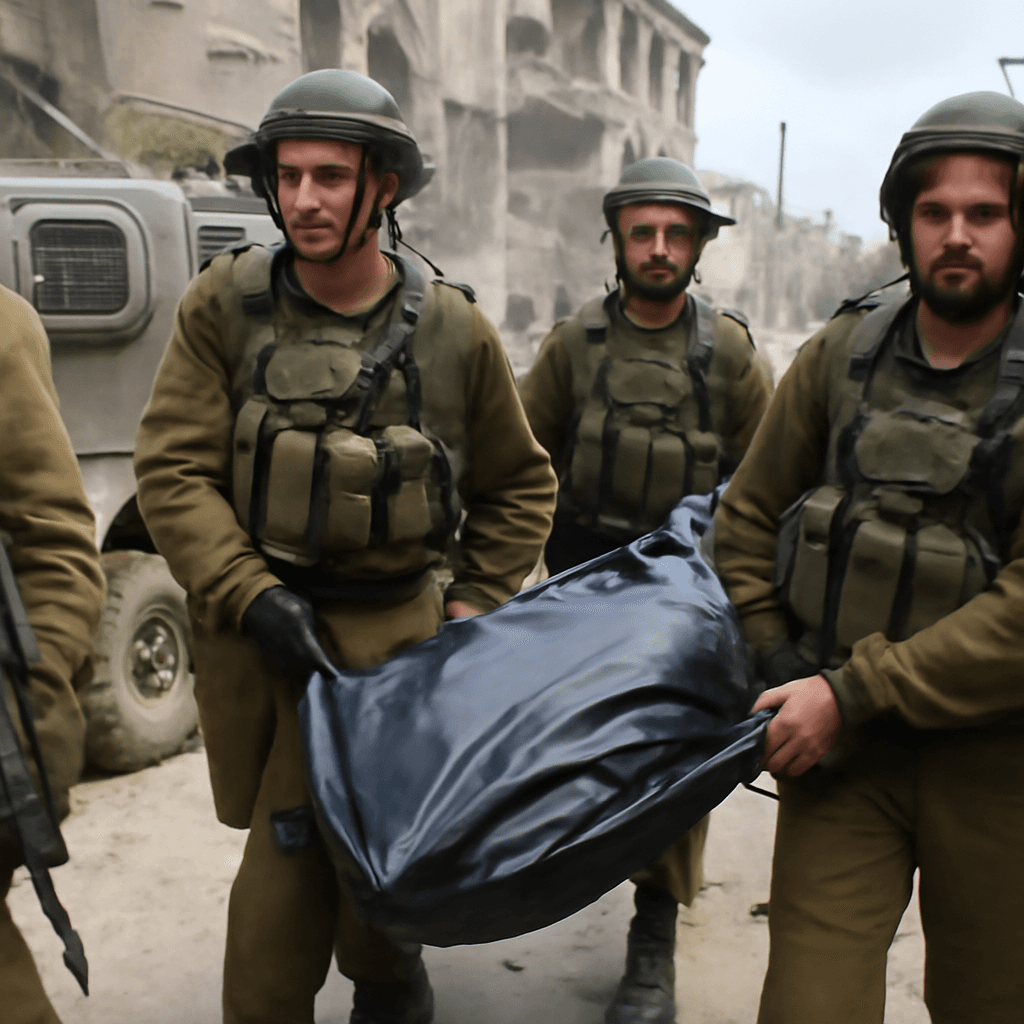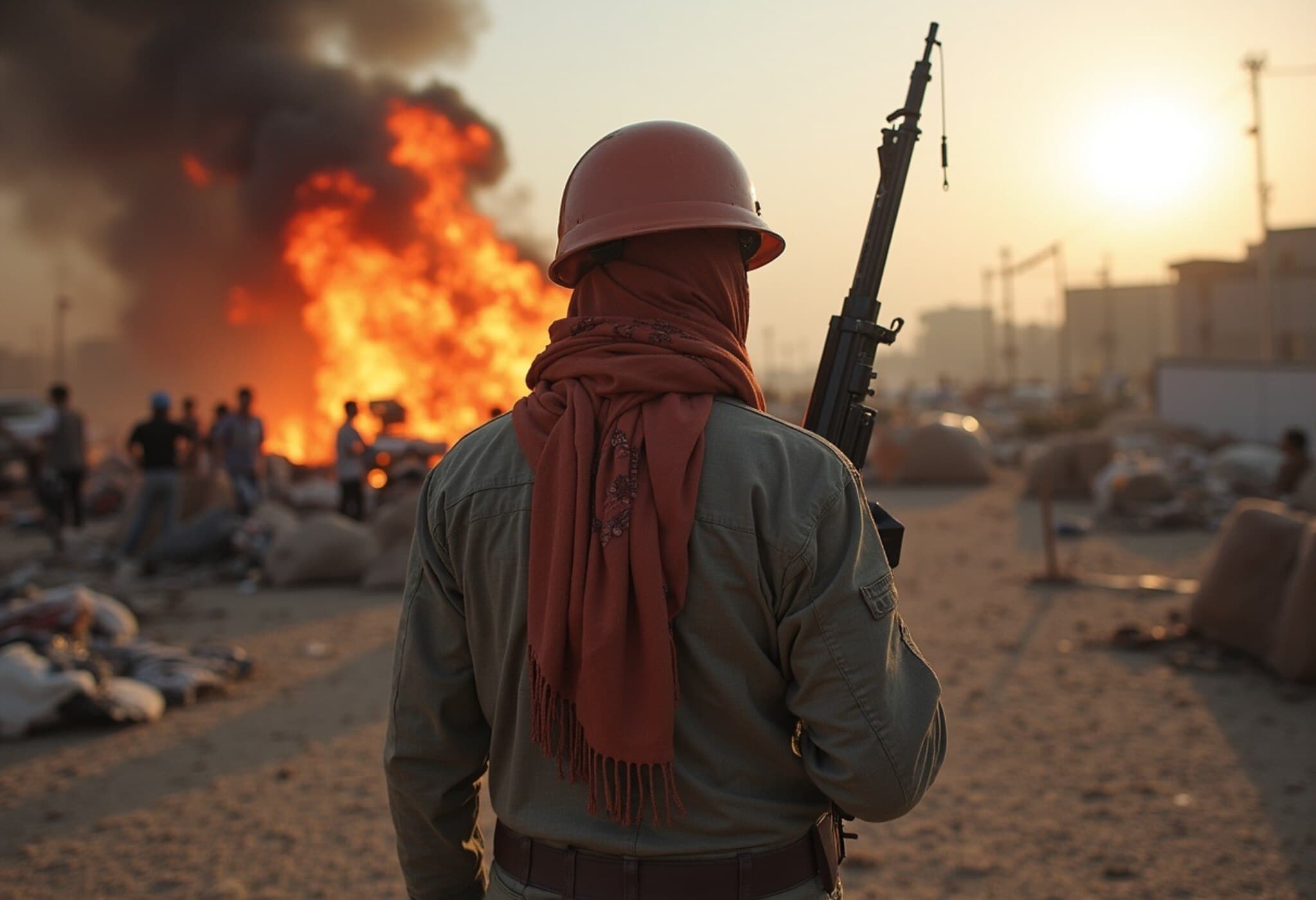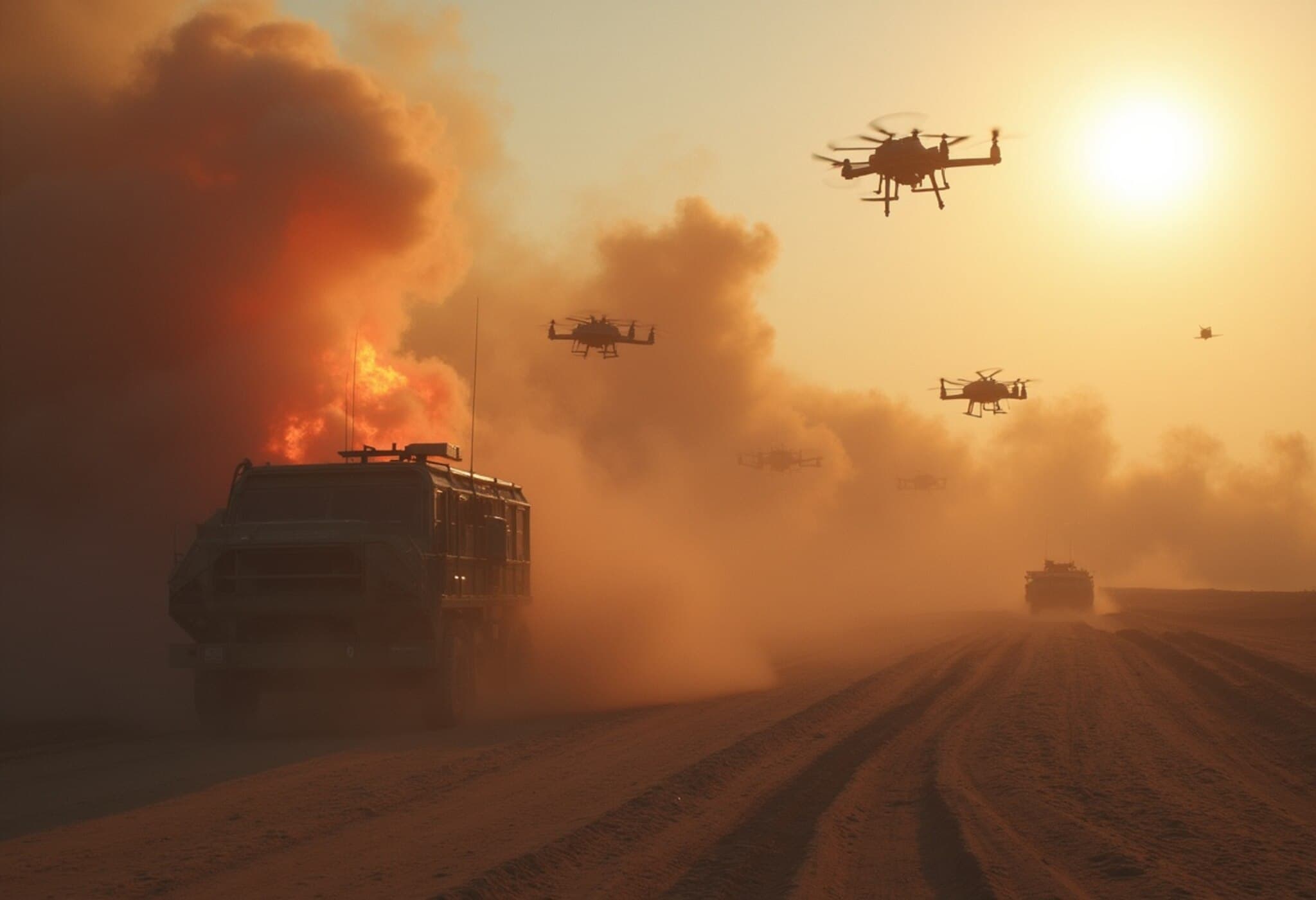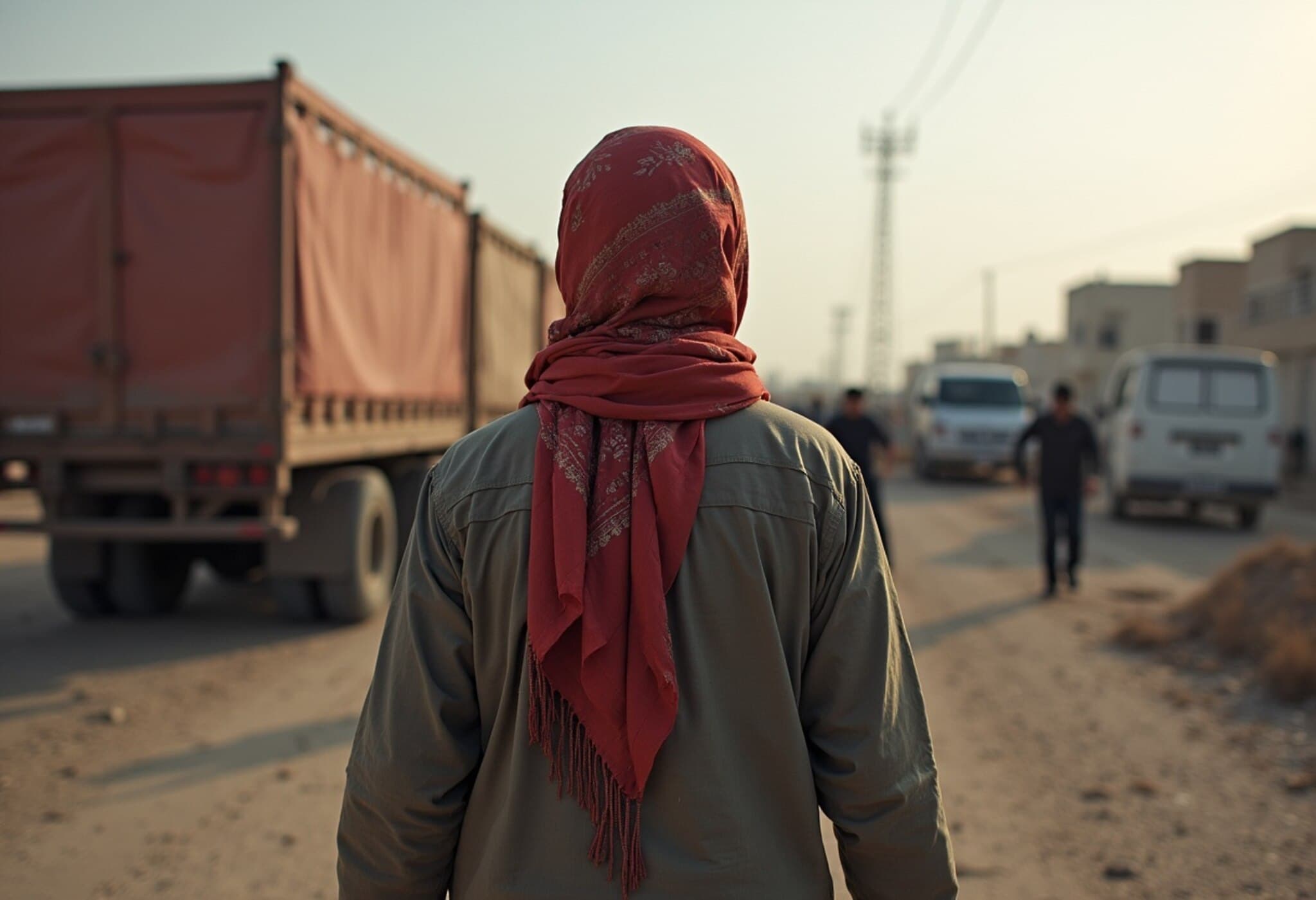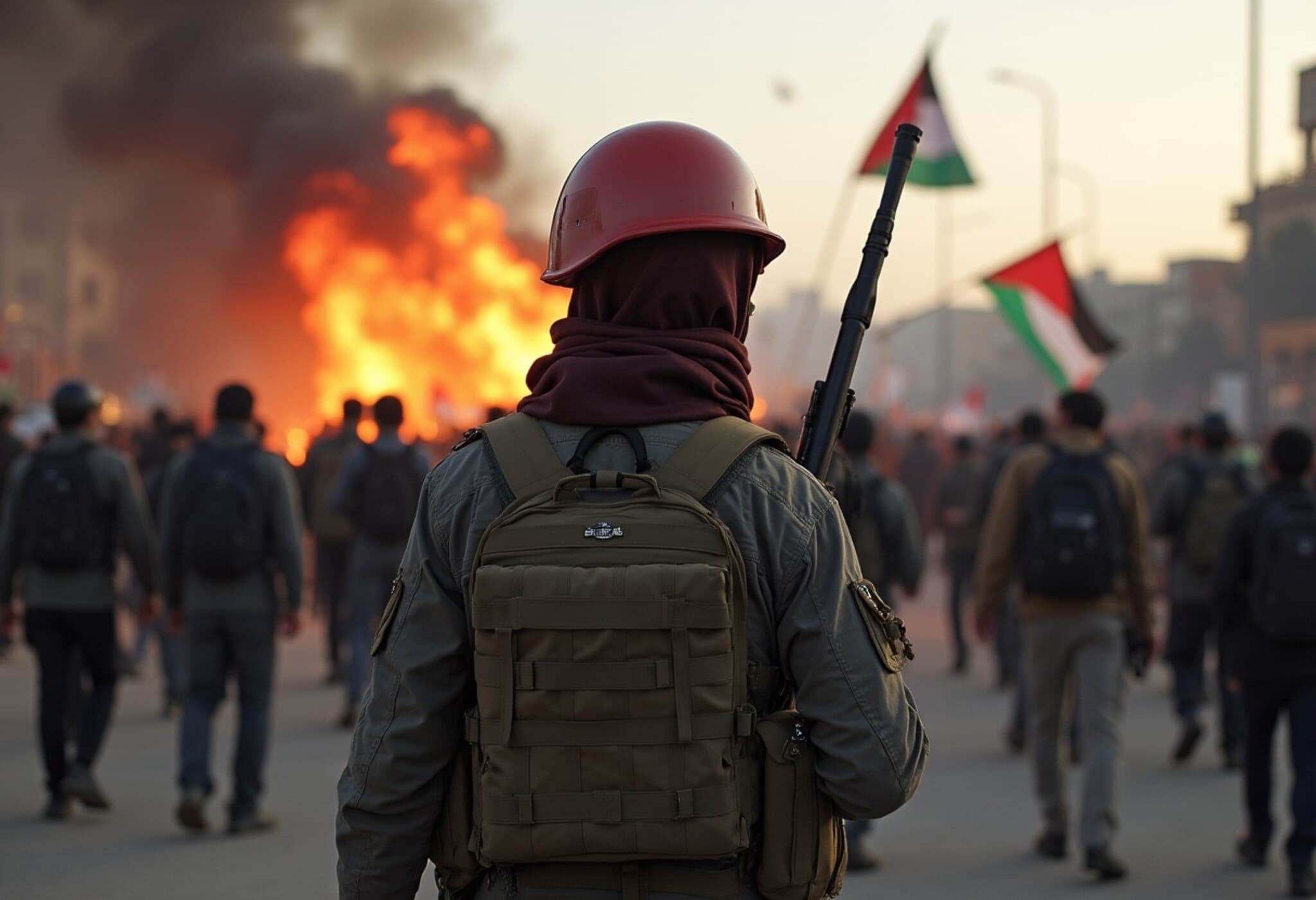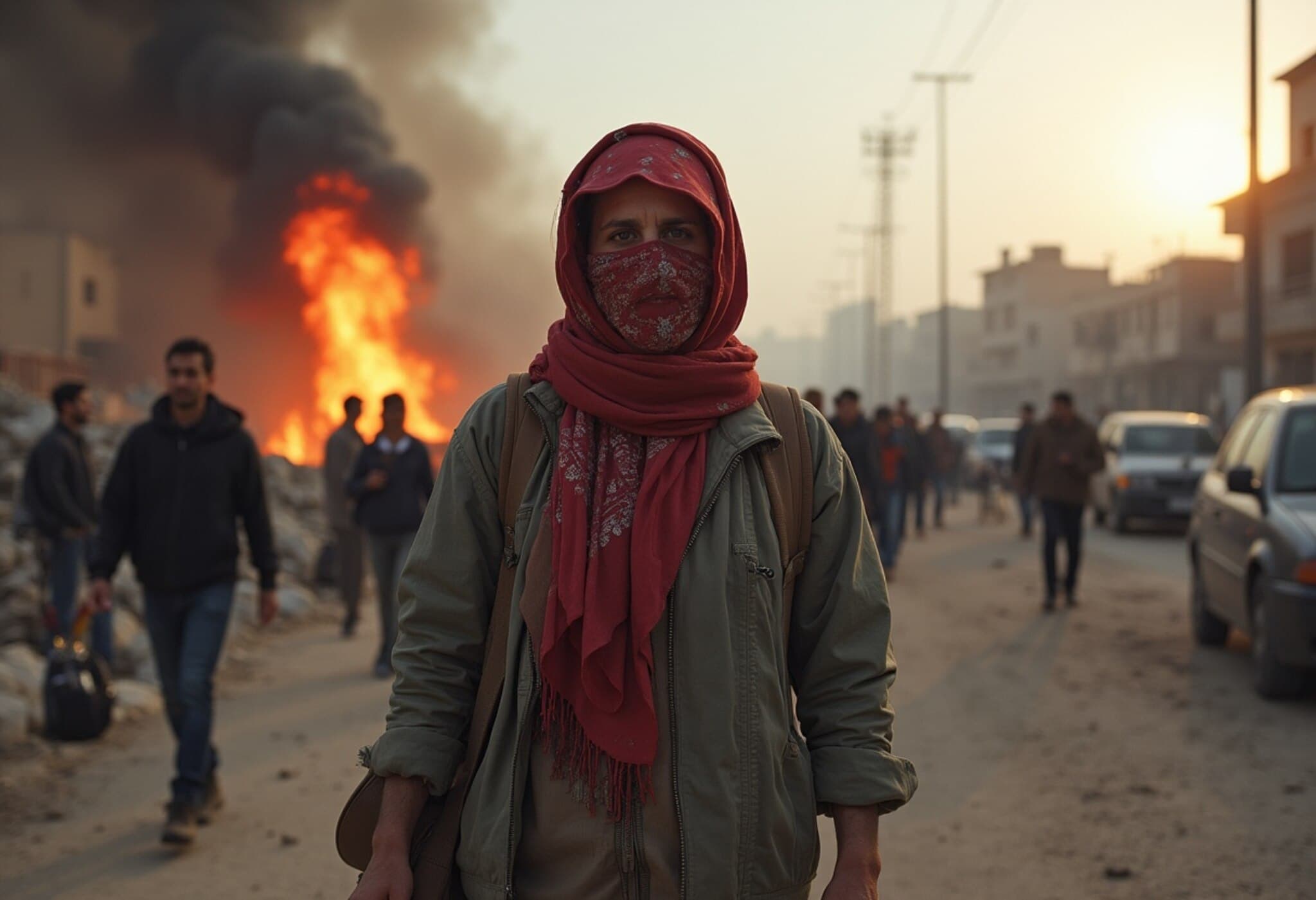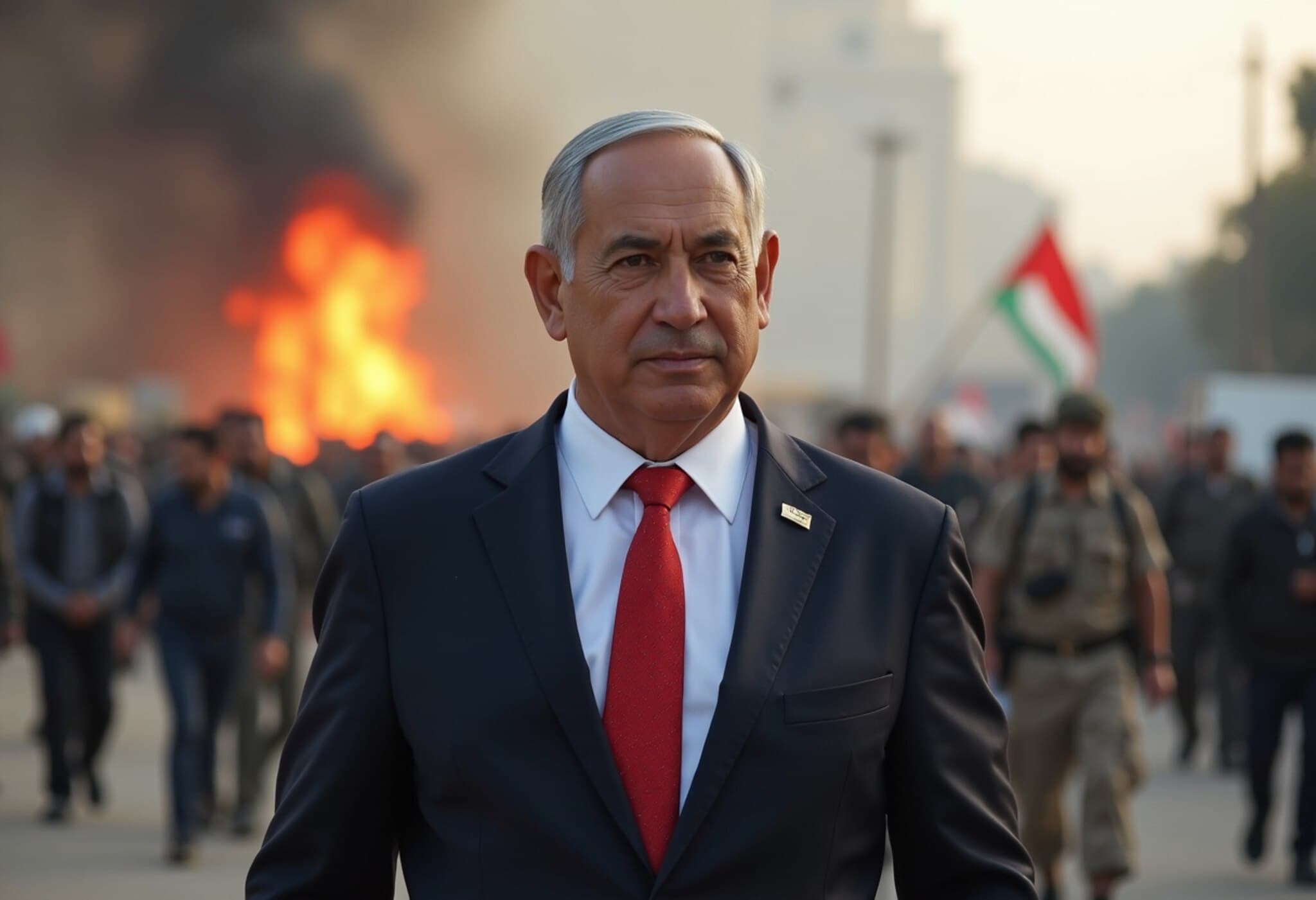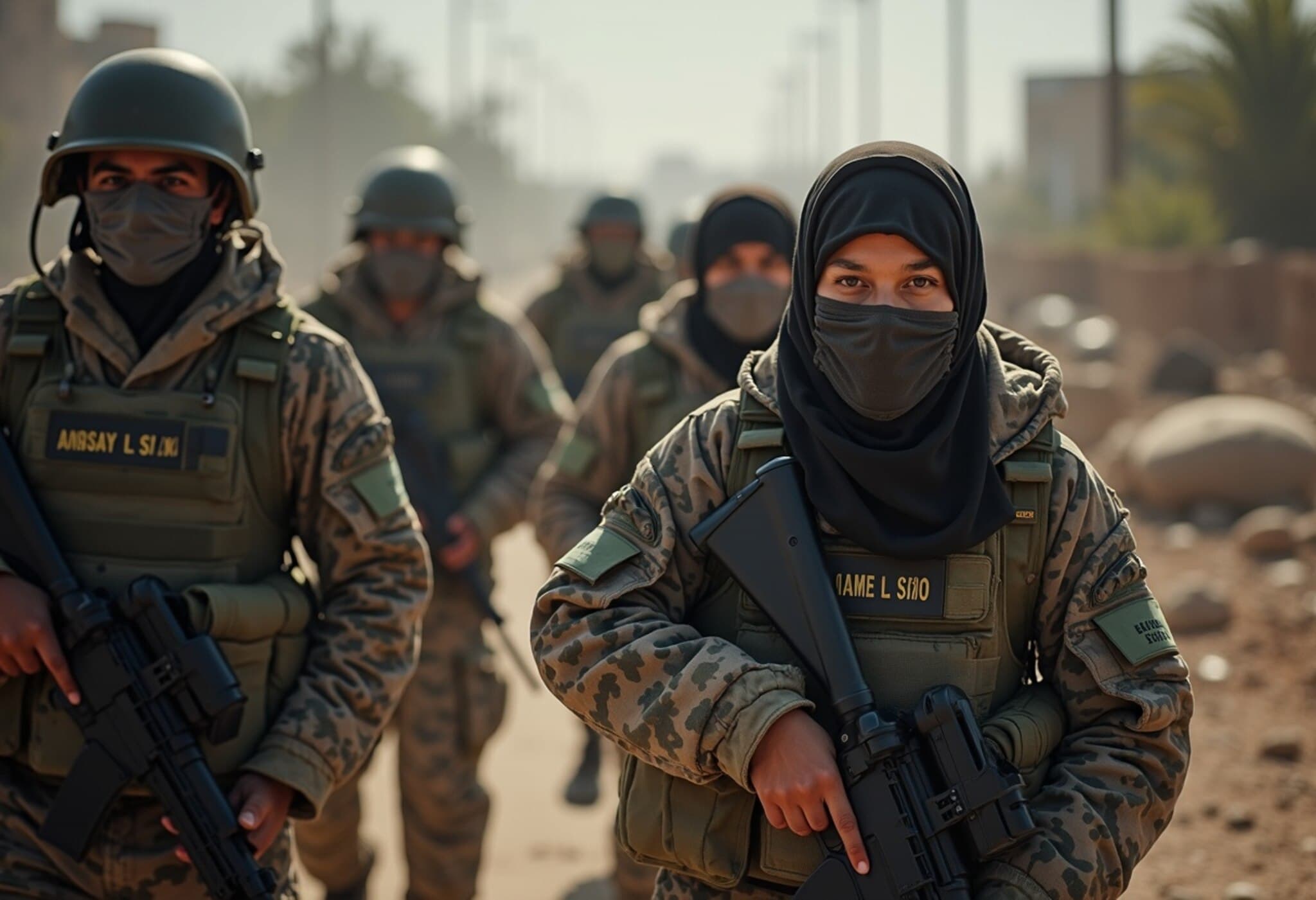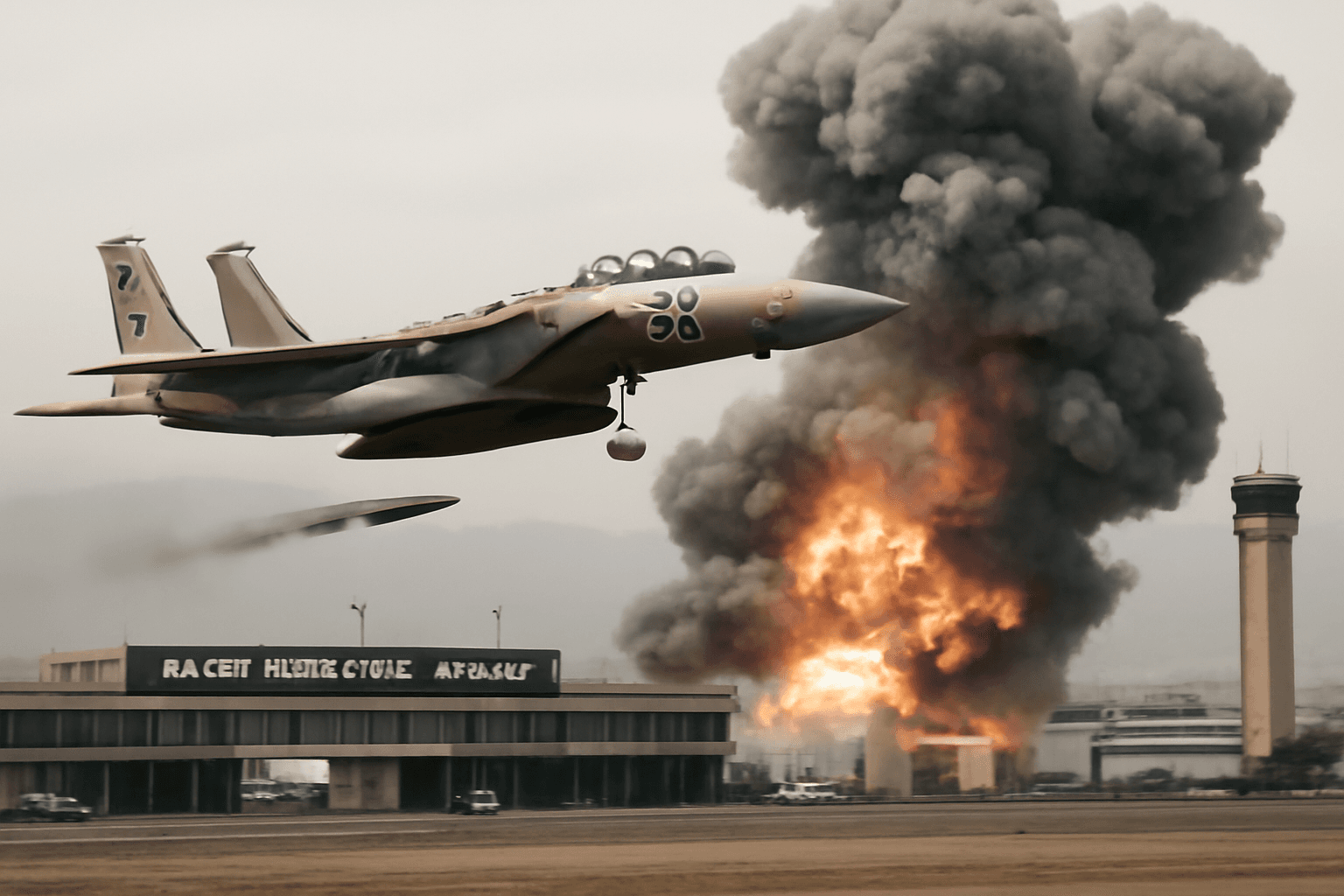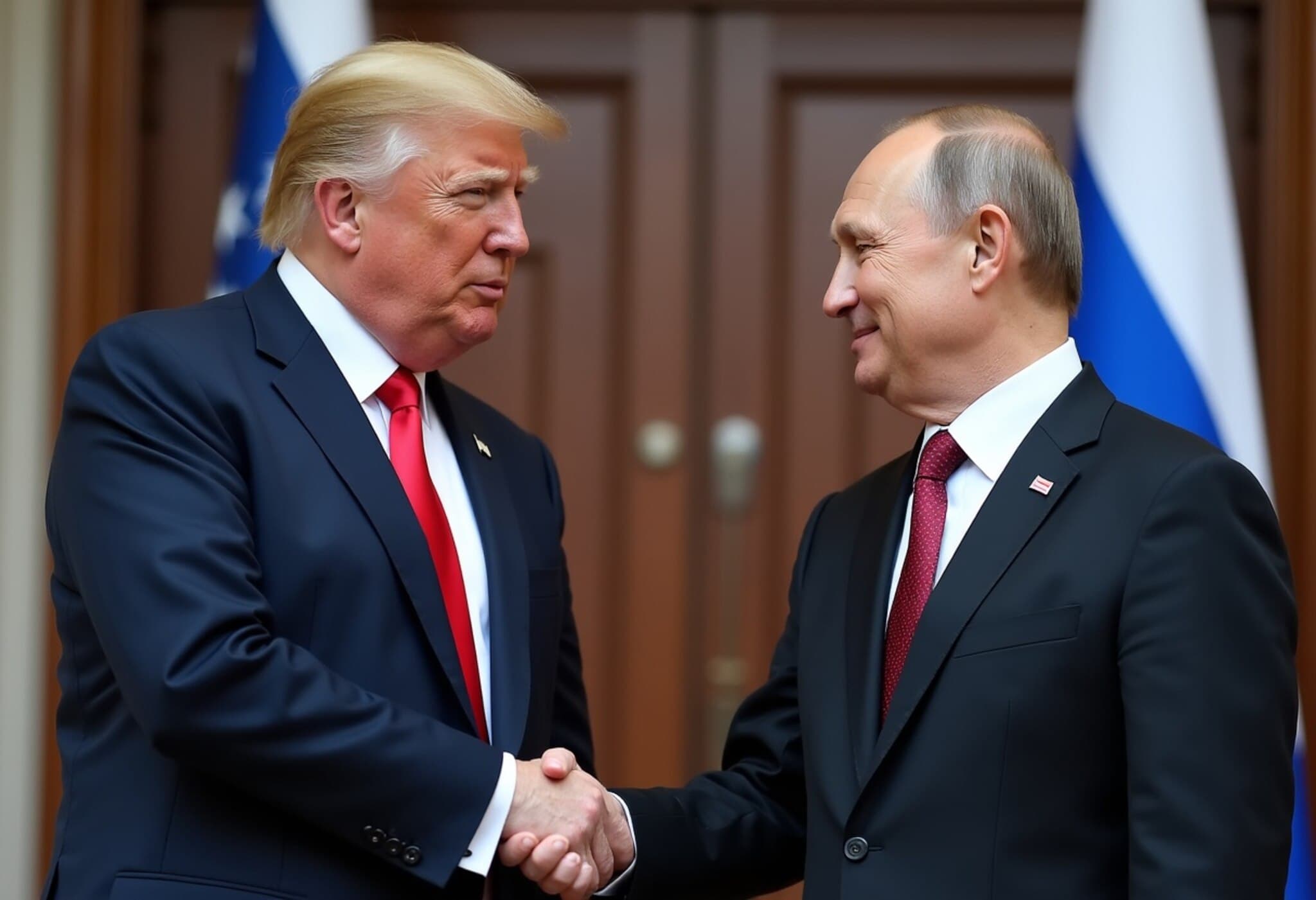UN Reports Grim Toll: Over 1,700 Children Killed in Gaza Amid Aid Efforts Since Late May
In a chilling update on August 15, 2025, the United Nations Office of the High Commissioner for Human Rights (OHCHR) revealed that more than 1,760 Palestinians, primarily children, have lost their lives while attempting to access humanitarian aid in Gaza since May 27. This figure has surged sharply in just two weeks, marking a devastating humanitarian crisis amid continuing conflict.
Tragic Numbers Behind the Headlines
The OHCHR statement specifies that of the 1,760 fatalities, 994 were near Gaza Humanitarian Foundation sites and another 766 occurred along supply convoy routes. The agency highlights the role of the Israeli military in most of these deaths, bringing to light the grave risks civilians face even when attempting to receive essential aid.
This update represents a stark increase from the previously reported 1,373 deaths as of August 1, underscoring the intensification of hostilities and its dire impact on vulnerable populations.
On the Ground: Recent Developments
Just days before this report, the Gaza civil defence agency documented that at least 38 individuals were killed by Israeli fire on a single day (Friday, August 15), including 12 people waiting for humanitarian assistance. This revelation throws into sharp relief the lethal environment faced by those reliant on aid amid ongoing military operations.
Complementing these figures, the Israeli military maintains that its operations are focused on dismantling Hamas’ military capabilities while striving to minimize civilian casualties. However, media restrictions and limited access in the region complicate independent verification of casualties and operational claims.
Escalating Military Plans and Civilian Impact
According to the Israeli military’s chief of staff, plans have been approved for a new offensive aimed at firmly defeating Hamas and rescuing hostages. This campaign centers on taking control over Gaza City and surrounding refugee camps—areas among the most densely populated in the world and heavily battered after nearly two years of conflict.
Residents report increased airstrikes on residential quarters, and Hamas has condemned intensified ground incursions by Israeli forces. Operations continue along Gaza City’s outskirts as the conflict escalates further.
Humanitarian Crisis: The Pressure Mounts
International organizations and UN experts warn that Gaza is on the brink of widespread famine, exacerbated by sharply reduced humanitarian aid inflows controlled by Israeli authorities. This confluence of violent conflict and aid restrictions raises urgent ethical and legal questions about the protection of civilians under international humanitarian law.
The war’s origins trace back to Hamas’s October 2023 attack, which claimed the lives of 1,219 Israelis. In response, Israel’s military campaign has resulted in the deaths of over 61,800 Palestinians, according to figures from Gaza’s health ministry—numbers considered reliable by the UN. These staggering losses have fostered sustained international criticism and calls for renewed diplomatic efforts.
Expert Insights: A Human Rights Perspective
International law experts emphasize that targeting or failing to protect civilians seeking humanitarian aid constitutes a serious violation of the laws of armed conflict. The rapidly rising death toll among children in aid queues not only signals a grave humanitarian emergency but also demands heightened scrutiny of military tactics and accountability mechanisms.
From a policy standpoint, balancing a security-driven military campaign with safeguarding civilian lives and maintaining humanitarian corridors remains one of the most formidable challenges in modern conflict zones.
Editor’s Note
The escalating number of civilian casualties in Gaza, especially among children seeking aid, paints a harrowing picture of war’s human cost. As the conflict intensifies with new military offensives, the international community faces pressing questions about how to protect vulnerable populations and ensure humanitarian access amid combat. Readers are encouraged to consider the complex interplay between security imperatives and human rights protections, and the urgent need for transparent, independent investigations into civilian harm.

